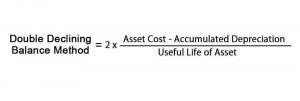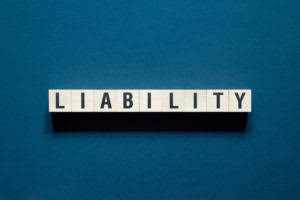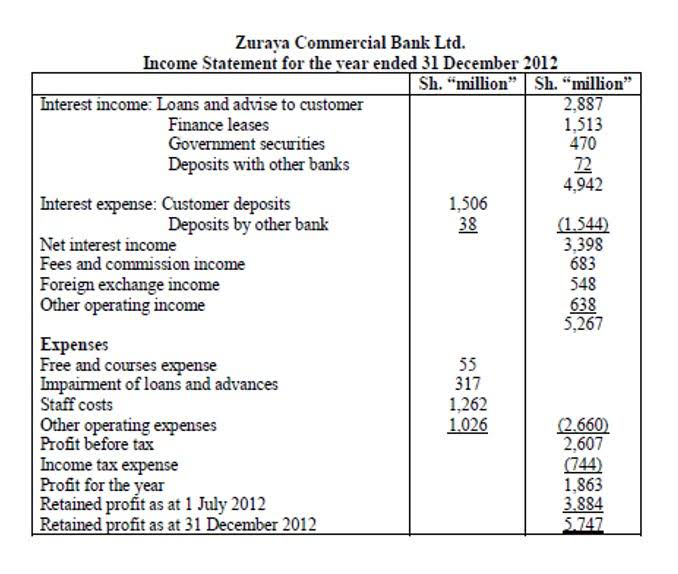
Payment reconciliation meaning or definition and account reconciliation process steps may change for your circumstances, depending on the complexity of your business and the types of payment transactions it makes. This centralized approach promotes collaboration, as teams across different entities can work together seamlessly to resolve discrepancies. Additionally, HighRadius integrates effortlessly with existing ERP systems, ensuring smooth data synchronization and full compatibility with your existing financial workflows. When subsidiaries maintain siloed data or use incompatible systems, gaining real-time access to transaction records becomes a challenge.
Importance of Payment Reconciliation Process
- In this blog, we’ll break down what intercompany reconciliation is, how it works, and share some examples to show its importance and challenges.
- This ensures that all discrepancies are proactively resolved, thereby leading to smooth financial operations.
- Ongoing reconciliation promptly identifies errors and potential fraud, preventing these issues from snowballing into more significant problems.
- For instance, if a business invoices a client for Rs 1,00,000 payment reconciliation ensures that the corresponding Rs 1,00,000 payment is recorded correctly in both the company’s books and the bank’s records.
- Using our above example, if you notice that an invoice was never paid but was recorded as paid, you would resolve that by seeking the original payment.
This type of reconciliation involves reconciling financial transactions between various entities within the same organization, including subsidiaries, branches, or divisions. Accounts receivable reconciliation is the process of matching customer payments and receipts with outstanding invoices to ensure that the organization has made and collected the correct payment. The basic process of payment reconciliation requires connecting and comparing numbers from the ERP system with the bank ledger. The bank reconciliation process took days and is now completed in minutes, enabling the team to divert more time to analysis and reduce fraud and missing cash at the store level. Whether you’re tracking direct debits, accounts payable (invoice payments), cash disbursements, subscriptions, or one-off payments worldwide, you need to see it all in real time.

Document records
If you’re short on time the FAQs below provide a quick snapshot of what you need to know about payment reconciliation. Review the reconciliation process within your Accounting for Churches organization and assess for opportunities to increase efficiency. Download our data sheet to learn how you can run your processes up to 100x faster and with 98% fewer errors.
Leverage this template to optimize your digital payment processes.

Tala, a financial platform based in California that serves emerging markets, also implemented SolveXia to automate the payment reconciliation between Tala and nine Payment Rail partners. With SolveXia, the time required to run each bank reconciliation has significantly decreased from 2 hours to minutes. After resolving all discrepancies, it is essential to document the reconciliation process and any adjustments made.
Popular Reconciliation Software

This process is essential for ensuring financial statement accuracy, detecting discrepancies or errors, and preventing fraud. By implementing an efficient payment reconciliation system, businesses can streamline their financial operations and make informed what is payment reconciliation decisions based on reliable data. Payment reconciliation is the backbone of financial integrity for businesses in a digital age.

Benefits of Automation
To fully automate the process, creating connections with your banks is necessary to automatically fetch bank statements before the automated matching can kick in. Credit card reconciliation is the process of verifying that the records in the credit card statement mirror the records on the company’s general ledger. If the ledger does not match the credit card statement, the discrepancy needs to be investigated as to the cause and the person who made the payment.
This documentation is a reference for future reconciliations and provides an audit trail. A supervisor or financial controller should review and approve the final reconciliation report. This includes checking the amount spent, the vendor (not always clear from credit card data), the date (processing dates can be different from payment dates), and any other important information for your records. Use Reconciliation matching rules to determine howto match bank statement lines to system transactions. Careful payment reconciliation will also reduce the likelihood of being audited by tax authorities. In the event that an audit is triggered, accurate payment reconciliation and record-keeping will help resolve any issues and lower the risk of incurring penalties.

For instance, there are different banking practices, engagement rates, differences in currencies, and what not. And considering all these factors manually with 100% accuracy is not possible, leading to inefficient reconciliation. Not performing payment reconciliation will hamper your ability to identify delayed deposits and outstanding payments. And retained earnings balance sheet this can lead to cash shortages or even surpluses making it hard to meet financial obligations. All the cash, cards, or checks collected in a register are compared with the sales receipts at the end of the day or before the shift changes.













